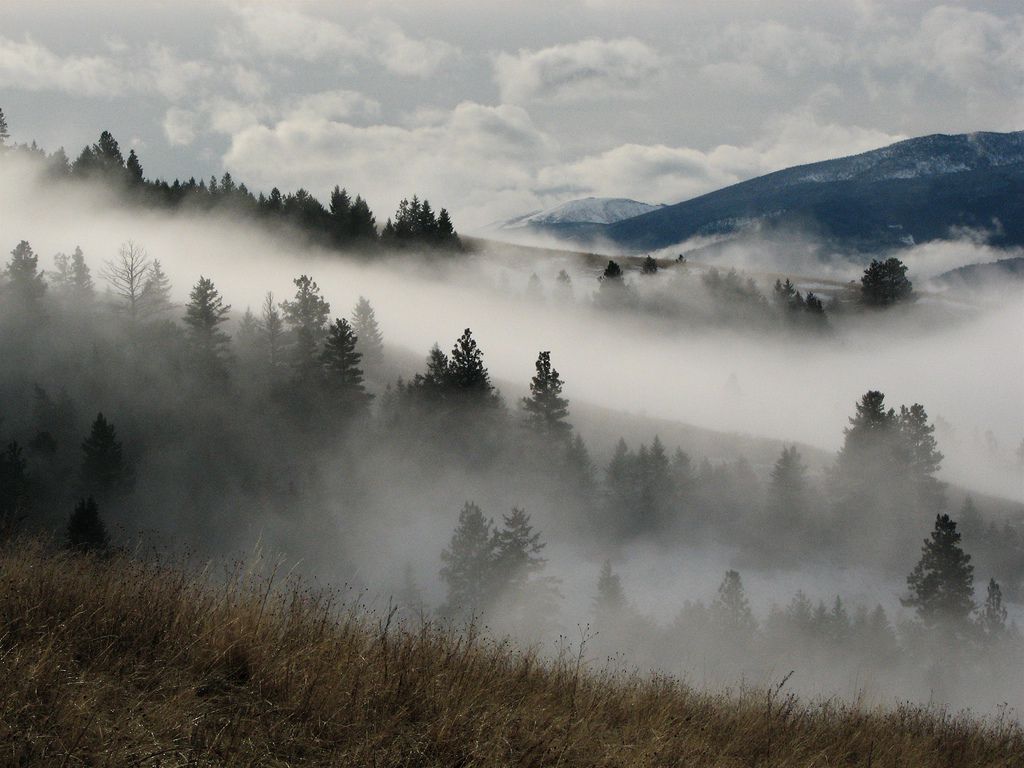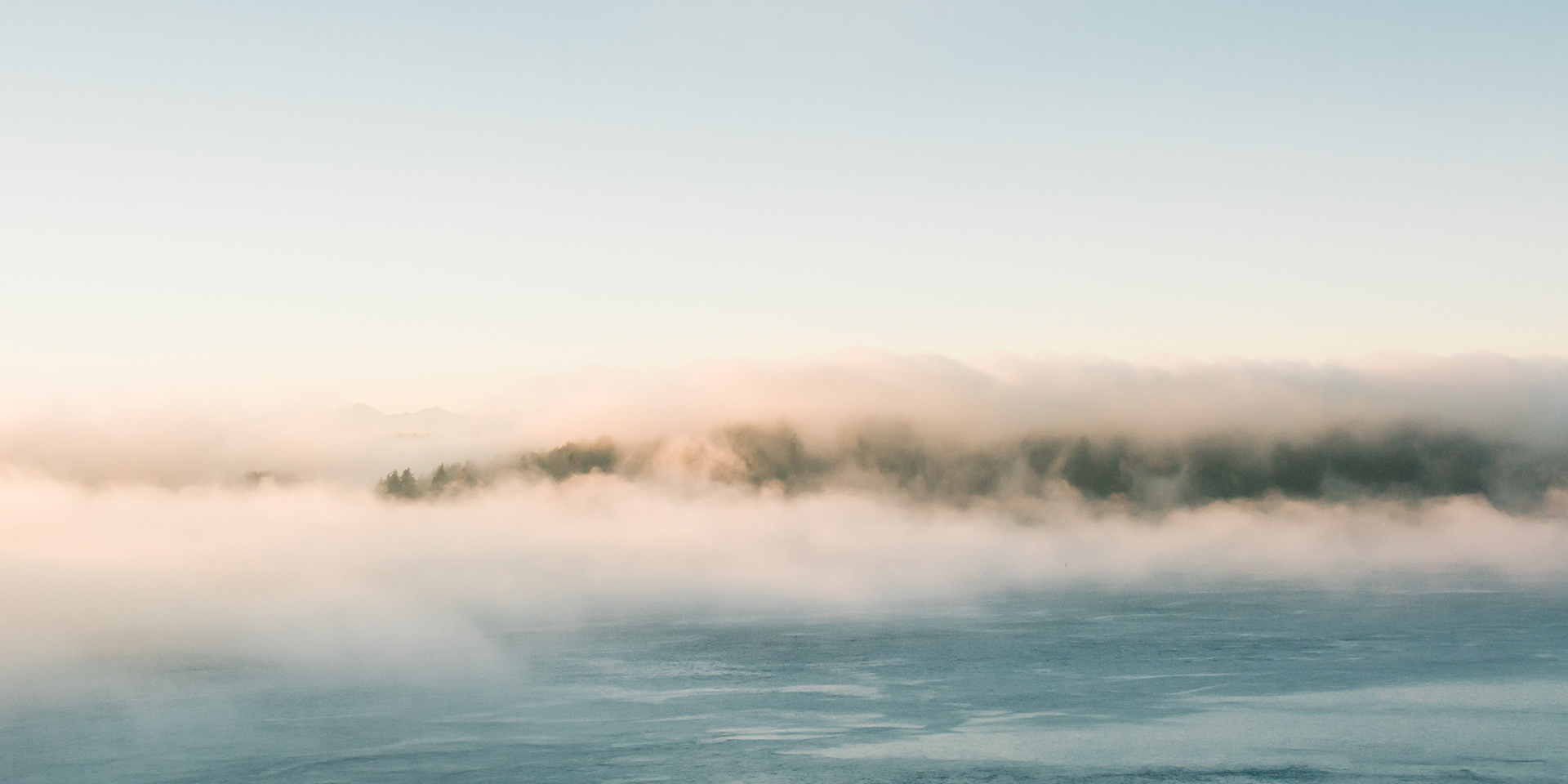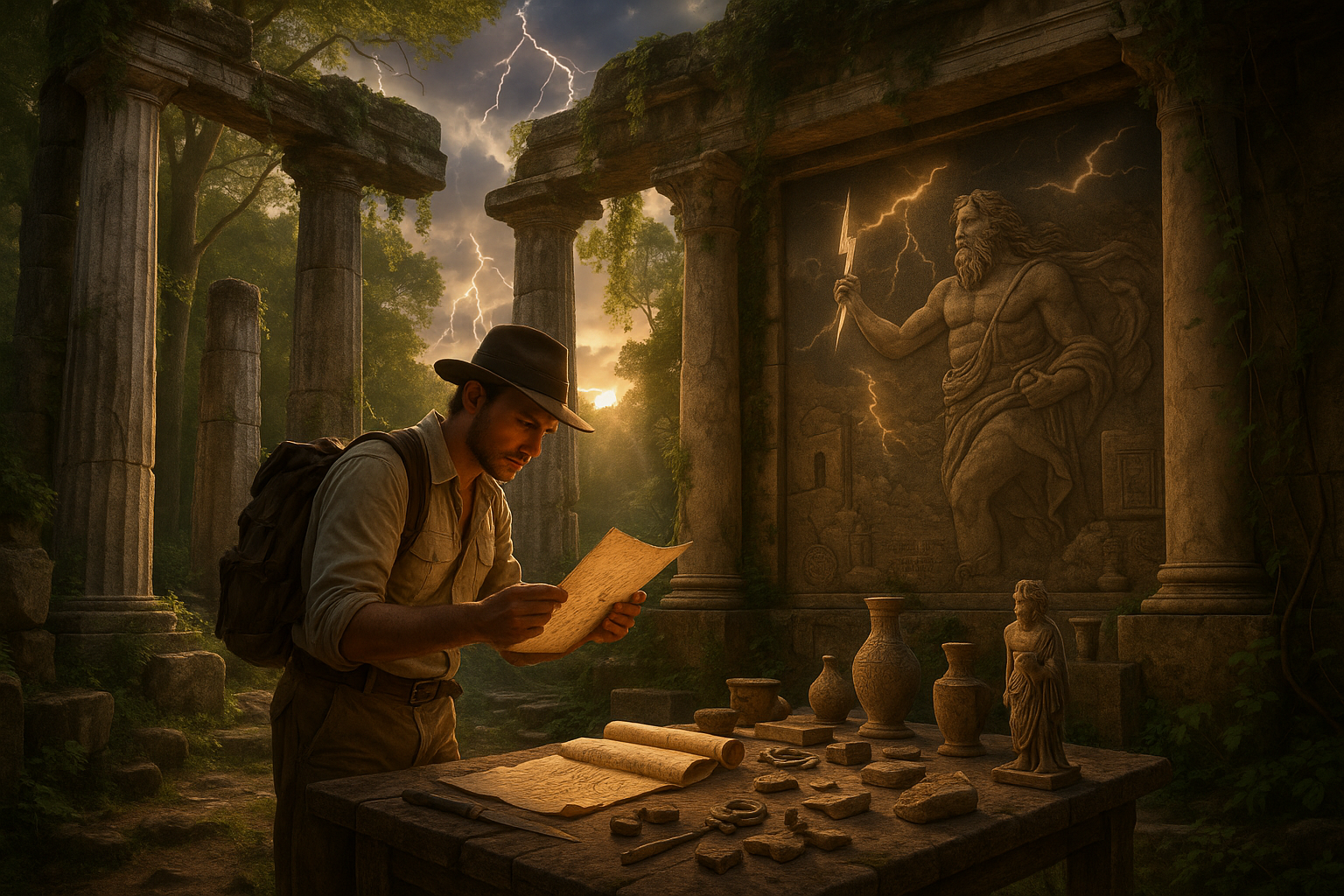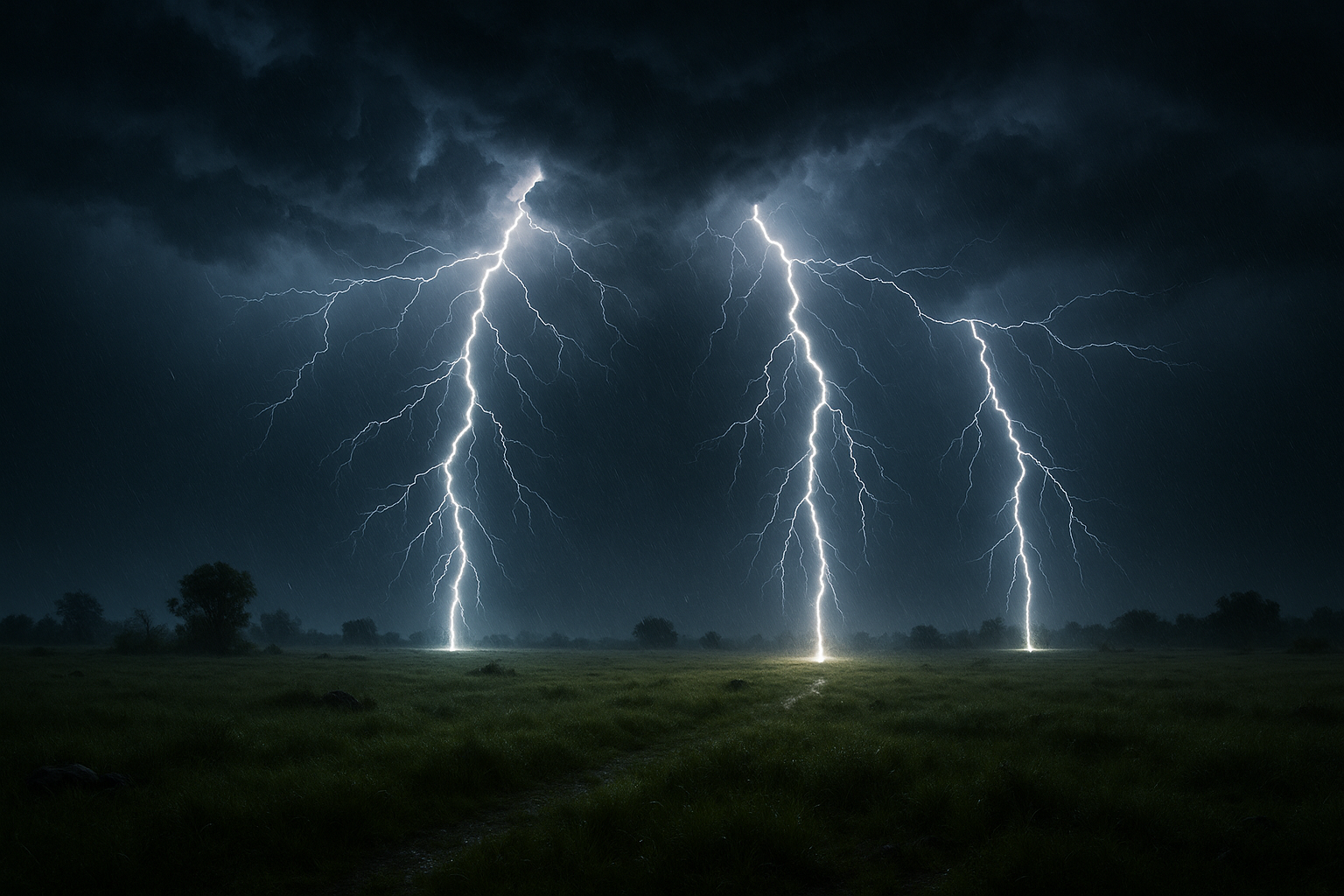In the serene embrace of nature, there exists a phenomenon both elusive and enchanting, a veil that transforms familiar landscapes into dreamlike canvases: fog. This ethereal element, often perceived as a mere meteorological occurrence, possesses an intrinsic beauty that captivates the soul and stimulates the imagination. Welcome to the world of Mystical Minimalism, where fog compositions speak volumes in their silence, inviting us to explore the delicate interplay between nature’s simplicity and its profound impact on our senses.
Imagine waking up to a world gently cloaked in a soft, translucent mist. The usual hustle and bustle of daily life are momentarily hushed, and the landscape is reduced to its most essential forms. Trees, hills, and buildings emerge like ghosts, their outlines softened, their colors muted. This is the allure of fog—a natural minimalist, stripping away the superfluous to reveal a purer, often overlooked beauty. It challenges us to see beyond the obvious, encouraging us to appreciate the subtle nuances and hidden details that are so easily overshadowed in the harsh light of day.
In this article, we delve into the captivating realm of fog compositions, exploring how photographers and artists harness this natural phenomenon to create works of striking minimalism. We’ll journey through the techniques that highlight the fog’s ability to simplify complex scenes, transforming them into evocative pieces that resonate with emotion and meaning. From the careful framing of a solitary tree in a fog-blanketed field to the abstract patterns formed by light and shadow in misty urban settings, each composition tells a story, inviting the viewer to ponder and interpret.
Furthermore, we’ll examine the psychological and emotional responses evoked by these foggy landscapes. Why do we find them so mesmerizing? What is it about the obscured and the unseen that appeals to our innermost selves? By drawing on insights from psychology and art theory, we’ll uncover the ways in which fog compositions can evoke feelings of nostalgia, introspection, and even tranquility. These pieces often serve as mirrors to our own experiences and emotions, reflecting the complexities of the human condition through the lens of nature’s simplicity.
As we navigate through these themes, we will also explore the cultural and historical significance of fog in art and literature. From the haunting landscapes of J.M.W. Turner to the evocative prose of Charles Dickens, fog has long been a source of inspiration, symbolizing mystery, transformation, and the passage between worlds. This rich tapestry of cultural references not only enriches our understanding of fog compositions but also deepens our appreciation for the timeless allure of Mystical Minimalism.
Join us on this journey through mist and mystery, as we uncover the profound beauty hidden within the simplicity of fog. Let these captivating compositions speak to you, whispering stories of nature’s quiet elegance and the boundless creativity it inspires. 🌫️✨
The Allure of Mystical Minimalism
The intersection of mysticism and minimalism forms a fascinating concept known as Mystical Minimalism. This approach to art and photography invites viewers to engage deeply with minimal compositions that exude an ethereal quality. At its core, Mystical Minimalism strips away the unnecessary, leaving only the essence of the subject. This creates a canvas that encourages contemplation and introspection, qualities that are heightened by the inclusion of natural elements like fog. When executed masterfully, these compositions speak volumes, often capturing the imagination and evoking emotional responses.
Fog, as a natural phenomenon, plays a pivotal role in Mystical Minimalism. Its ability to obscure and reveal, to soften the landscape and imbue it with a sense of mystery, makes it an ideal subject and tool for minimalist artists. Fog can transform ordinary scenes into extraordinary vistas, lending them an otherworldly quality that invites viewers to look deeper. The muted tones and gentle transitions from opacity to transparency can create a dreamlike state, where reality and imagination blur. This seamless blend of the natural world with minimalist principles invites us to appreciate the subtle beauty in simplicity.
Beyond its aesthetic appeal, Mystical Minimalism also challenges us to rethink our relationship with the environment. It encourages mindfulness and presence, urging us to slow down and appreciate the understated elegance of our surroundings. This form of art asks us to find beauty in the unnoticed and to consider how the interplay of light, shadow, and fog can communicate profound ideas and emotions. By focusing on the essentials, Mystical Minimalism not only captivates our senses but also enriches our perception of the world around us.
The Role of Fog in Mystical Minimalism
Fog is a powerful tool in the minimalist’s arsenal, acting as both subject and setting. Its ethereal quality allows for a unique expression of depth and atmosphere in compositions. The way fog envelops landscapes, softening lines and muting colors, creates a serene and contemplative mood that is emblematic of Mystical Minimalism. By obscuring details, fog invites viewers to focus on shapes, silhouettes, and negative space, which are crucial elements in minimalist art.
In Mystical Minimalism, fog serves not just as a visual element but also as a metaphorical one. It represents the unknown, the unseen, and the unexplored. It is a reminder of the mysteries that exist in both the natural world and within ourselves. The ephemeral nature of fog, always shifting and changing, mirrors the transient beauty of life, prompting introspection and a deeper appreciation for the moment. This interplay between the tangible and the intangible is what makes fog compositions so compelling.
Consider the following table which highlights the key elements that fog brings to Mystical Minimalism:
| Element | Description |
|---|---|
| Obscurity | Fog creates a veil, inviting viewers to look beyond the surface. |
| Mood | It sets a tranquil and introspective atmosphere. |
| Depth | Enhances the perception of depth and dimension. |
| Simplicity | Highlights shapes and silhouettes, essential to minimalism. |
For a visual exploration of these concepts, watch the video titled “Fog and Minimalism: The Art of Mystical Landscapes” by Minimal Art Channel on YouTube: Fog and Minimalism: The Art of Mystical Landscapes.
Techniques for Capturing Mystical Minimalism
Creating captivating fog compositions requires a blend of technical skill and artistic vision. Photographers and artists must be attuned to the subtleties of light and weather, as fog can be a fleeting and unpredictable subject. Timing is crucial, as fog often appears during the early morning or late evening, when light is soft and diffused. This gentle lighting enhances the ethereal quality of fog, creating a harmonious balance between light and shadow that is ideal for Mystical Minimalism.
One effective technique for capturing fog is to focus on silhouettes and negative space. The fog acts as a natural diffuser, softening edges and creating an atmospheric backdrop that emphasizes the subject’s outline. This minimalist approach encourages the viewer to fill in the blanks, engaging their imagination and drawing them into the composition. Additionally, using a wide aperture can help to isolate the subject, creating a sense of depth and further enhancing the mystical quality of the image.
Composition is another critical element in Mystical Minimalism. The rule of thirds, leading lines, and symmetry can all be employed to create balanced and aesthetically pleasing images. However, artists should not be afraid to break these conventions in pursuit of a more evocative composition. Experimentation is key; by playing with perspective, framing, and scale, artists can discover new ways to express the enigmatic beauty of fog. These techniques, when combined with a minimalist mindset, can result in powerful compositions that speak volumes with their simplicity.
Essential Equipment for Fog Photography
While the creative vision is paramount, having the right equipment can significantly enhance the ability to capture stunning fog compositions. Here is a list of essential tools for photographers seeking to delve into Mystical Minimalism:
- Camera: A camera with manual settings is ideal, allowing for precise control over exposure, aperture, and shutter speed.
- Lenses: Prime lenses are excellent for capturing sharp details, while wide-angle lenses can help encompass the vastness of foggy landscapes.
- Tripod: Essential for stability, especially in low-light conditions typical of foggy environments.
- Remote Shutter Release: Helps prevent camera shake during long exposures.
- Weather Protection: Fog can be damp, so protective gear for both the photographer and equipment is important.
By equipping themselves with these tools, photographers can more effectively explore the captivating realm of Mystical Minimalism and create images that resonate with viewers on a profound level.
The Emotional Impact of Mystical Minimalism
One of the most compelling aspects of Mystical Minimalism is its ability to evoke deep emotional responses. The simplicity and tranquility inherent in these compositions can provide a sense of calm and introspection, offering a respite from the chaos of modern life. The fog, with its soft, enveloping nature, can serve as a metaphor for the subconscious mind, inviting viewers to explore their inner landscapes and emotions.
The emotional impact of Mystical Minimalism is often subjective, varying from person to person. Some may find solace and peace in the quiet simplicity, while others may feel a sense of mystery and intrigue. This ambiguity is part of the art’s allure, as it encourages personal interpretation and reflection. The minimal elements in these compositions act as a canvas onto which viewers can project their thoughts and feelings, creating a deeply personal and immersive experience.
In addition to its calming effect, Mystical Minimalism can also inspire wonder and curiosity. The interplay of light, shadow, and fog can transform familiar landscapes into enigmatic scenes, prompting viewers to question and explore the world around them. This sense of discovery and exploration is a key component of Mystical Minimalism, as it encourages a deeper connection with nature and an appreciation for the beauty found in simplicity.
The Therapeutic Benefits of Mystical Minimalism
Engaging with Mystical Minimalism can also have therapeutic benefits, offering a form of visual meditation that promotes mindfulness and relaxation. By focusing on the subtle details and quiet beauty of fog compositions, viewers can cultivate a sense of presence and awareness that is often lacking in our fast-paced world. This mindful engagement with art can lead to reduced stress and anxiety, providing a mental escape and a moment of tranquility.
Furthermore, the act of creating Mystical Minimalism can be a therapeutic practice for artists and photographers. The process of capturing or composing these serene images requires patience, attention to detail, and an appreciation for the fleeting nature of fog. This mindful approach to art-making can foster a sense of fulfillment and well-being, as artists connect with their surroundings and express their unique vision through minimalist compositions.
The following table outlines some of the emotional and therapeutic benefits associated with Mystical Minimalism:
| Benefit | Description |
|---|---|
| Calmness | Provides a sense of tranquility and peace. |
| Introspection | Encourages self-reflection and exploration of inner emotions. |
| Wonder | Inspires curiosity and a sense of discovery. |
| Mindfulness | Promotes presence and awareness through visual meditation. |
For an in-depth exploration of the emotional aspects of Mystical Minimalism, watch the video titled “The Emotional Power of Minimalist Art” by Art Psychology on YouTube.
In summary, Mystical Minimalism, with its captivating fog compositions, offers a unique blend of aesthetic beauty and emotional depth. It challenges us to see the world through a different lens, appreciating the power of simplicity and the subtle nuances of nature. Whether you are an artist, photographer, or simply an admirer, there is much to be gained from exploring this enchanting art form. Embrace the mystery, indulge in the introspection, and let the fog guide you to new realms of creativity and understanding.
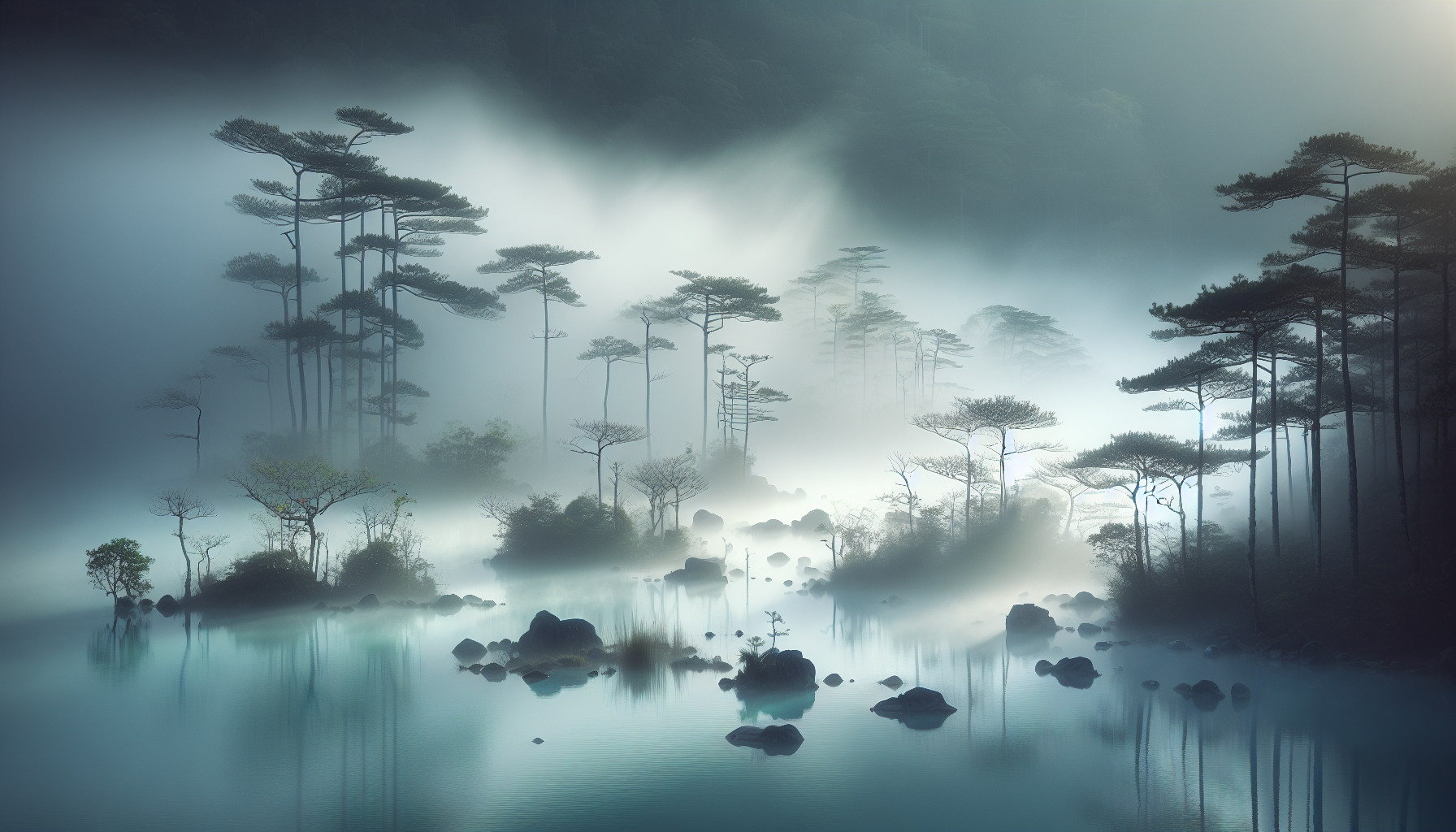
Conclusion
Certainly! Here’s a detailed conclusion for your article on “Mystical Minimalism: Captivating Fog Compositions That Speak Volumes”:
—
In conclusion, the exploration of mystical minimalism through the lens of fog compositions unveils an artistic approach that is both serene and profound. Throughout this article, we have delved into the ethereal beauty of fog, examining how it transforms ordinary landscapes into extraordinary canvases. The use of minimalism in fog compositions allows for a focus on simplicity and elegance, drawing viewers into a contemplative state where less truly becomes more. 🖼️
One of the main points discussed is the power of fog to create mystery and evoke emotion. Fog acts as a natural filter, softening harsh lines and muting vibrant colors, which encourages viewers to engage with the artwork on a deeper level. This atmospheric phenomenon not only obscures and reveals parts of a scene but also invites personal interpretation, making each viewing experience unique.
We also touched upon the techniques artists use to capture these captivating foggy scenes. From adjusting camera settings to enhance contrast and depth, to carefully selecting compositions that highlight the minimalist aspect, these artists are adept at using fog as both a subject and a tool. Their work demonstrates the delicate balance between light and shadow, presence and absence, that is quintessential to minimalist art.
Furthermore, the cultural and psychological impacts of fog in art were explored. Fog, with its transient and elusive nature, often symbolizes change, uncertainty, and introspection. These themes resonate deeply in our fast-paced world, offering a moment of pause and reflection. The minimalistic portrayal of fog in art can serve as a reminder to appreciate the beauty in ambiguity and the art of seeing beyond the obvious.
The significance of mystical minimalism extends beyond its aesthetic appeal. In a world cluttered with information and distractions, minimalist fog compositions remind us of the beauty of simplicity and the importance of space — both physical and mental. They encourage us to find clarity amidst chaos and to appreciate the subtle details that often go unnoticed.
As we have seen, the artists featured in this genre are not only creators but also storytellers, capturing fleeting moments of beauty that speak volumes without uttering a single word. Their work challenges us to slow down and engage with the art of seeing, fostering a deeper connection with our surroundings and ourselves.
We invite you, dear reader, to explore this enchanting world of mystical minimalism further. Whether you are an aspiring artist or an admirer of art, there is much to be gained from observing and appreciating fog compositions. Consider visiting local galleries, participating in photography workshops, or even embarking on your own journey to capture the fog’s mystique.
Feel free to share your thoughts and experiences with us in the comments section below. Your insights and perspectives can add valuable dimensions to this ongoing conversation. If this article has inspired you, we encourage you to share it with friends and fellow art enthusiasts. Let’s spread the appreciation for the quiet power and beauty of foggy minimalism. 🌫️
For those eager to learn more, here are some active resources that can provide further insight into the world of mystical minimalism:
1. “The Art of Minimalism in Photography” – Photography Life (Please check the link’s availability and content.)
2. “Fog and the Art of Seeing” – National Geographic (Ensure the link is active and relevant.)
3. “The Psychological Effects of Minimalist Art” – Psychology Today (Verify the link’s current status.)
In essence, mystical minimalism through fog compositions offers a serene escape and a profound visual dialogue. It encourages us to look beyond the surface, find beauty in simplicity, and appreciate the nuances that make life and art so captivating. As we part ways, may you carry with you the inspiration to see the world through a minimalist lens and find your own moments of clarity and wonder. 🌟
—
Please make sure the links provided are verified for their current activity and relevance before publishing.
Toni Santos is a visual storyteller and artisan whose creations celebrate the poetry of the natural world. Through his thoughtful artistic lens, Toni captures the elegance of botanical forms, transforming them into meaningful expressions of symbolism, resilience, and timeless beauty.
His journey is deeply rooted in a passion for flora and the mysteries they carry. From the shape of a petal to the curve of a vine, each design Toni brings to life reflects a deeper narrative — one of growth, transformation, and harmony with nature. Whether crafting symbolic floral jewelry, enchanted botanical illustrations, or seasonal visual studies, Toni’s work evokes the quiet magic found in Earth’s most delicate details.
With a background in handcrafted artistry and visual design, Toni blends technique with intention. His creations do more than decorate — they speak, often inspired by ancient meanings behind flowers, the cycles of the seasons, and the invisible bonds between nature and spirit.
As the creative voice behind Vizovex, Toni shares this botanical journey with the world, offering curated stories, handcrafted collections, and thoughtful articles that help others reconnect with nature’s symbolism and artistic essence.
His work is a tribute to:
The quiet power of flowers and their messages
The art of visual symbolism in everyday life
The beauty of slowing down to see what’s hidden in plain sight
Whether you’re an artist, a nature lover, or someone drawn to the deeper meanings behind the natural world, Toni welcomes you to explore a space where aesthetics meet soul — one petal, one story, one creation at a time.


